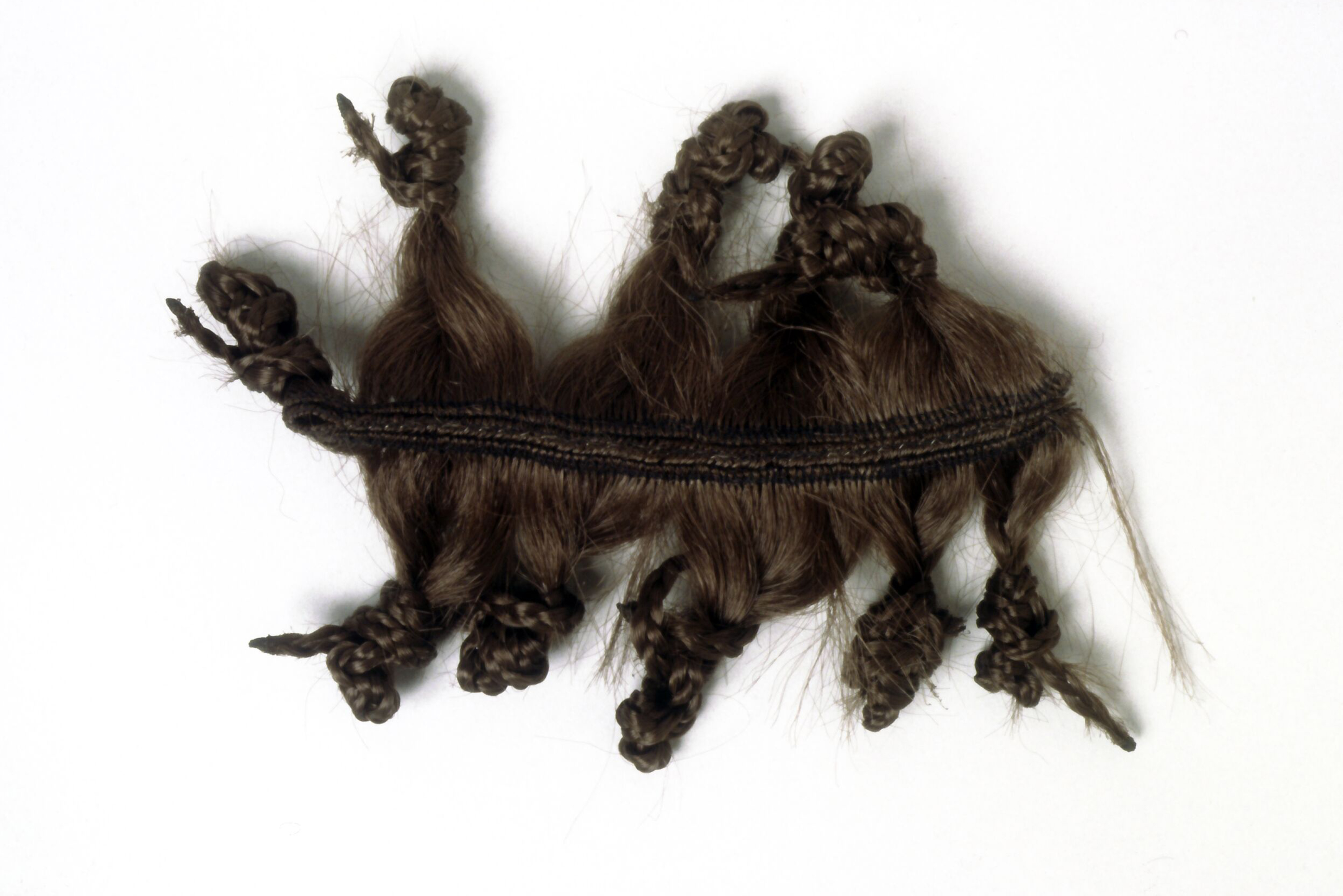Diary
The Radar: Sonia Boyce
Inside London’s Brixton

Sonia Boyce, 2018. Photo: Anne Purkiss
In this edition of The Radar—Ursula magazine’s uncommon cultural recommendations from our friends and colleagues around the world—artist and educator Sonia Boyce takes us to one of her favorite neighborhoods in South London ahead of Frieze art fair in the British capital.
Brixton has changed enormously in the thirty-odd years that I’ve known it. It’s more about eating out now, a kind of a café-society. There’s also a broader mix of people who live in the area, but it still has its singular, idiosyncratic personality as a place.
There’s something dynamic about being in Brixton Market. There are a lot of Afro hair shops which if you’re brave enough to enter you’ll see the wide variety of new technology around hair and Afro hair. The market has changed quite a lot in terms of offering a wider range of independent shops, but it’s always had these hair shops, fabric shops and local independent vendors.

Electric Avenue in Brixton, London. Photo: Elena Chaykina

The creative learning program at 198 is designed to foster artistic development and pathways for young people in creative and cultural industries. Photo: 198 Contemporary Arts and Learning
The British reggae singer Eddie Grant had a famous track in the ’80s called “Electric Avenue,” named after the main walkway through Brixton Market, where there are lots of bars and places to eat and hang out. If there’s anything that Brixtonians love to do, it’s hang out. They love to be out in the street.
Brixton also has some great artistic and cultural organizations. There’s the Black Cultural Archives, a project that’s been going on for about forty years, in the square opposite the town hall. A little further afield, if you are feeling adventurous and want to walk all the way up Railton Road, there’s 198 Contemporary Arts and Learning. 198 is a small, community-oriented space, near Herne Hill, with great social engagement and education programs happening all year round.

Sonia Boyce, Plaited and Knotted, 1995 © Sonia Boyce. All Rights Reserved, DACS/Artimage 2024. Courtesy of the artist, APALAZZOGALLERY and Hauser & Wirth

Lygia Clark, Proposition Estruturas vivas (Live structures, 1969. Performance view, c. Paris, 1970s.Lygia Clark, Proposition Estruturas vivas (Live structures, 1969. Performance view, c. Paris, 1970s. Courtesy “The World of Lygia Clark” Cultural Association, Rio de Janeiro
Some of the works in my Whitechapel Gallery exhibition date back to the early ’90s, when I was making Hair Objects. I was living in Brixton, on Railton Road, and would go to the hair shops and buy hair. I started to make these plaited hair pieces that I put on display in a way that people could interact with them. They are curious objects. I say “curious,” because I didn’t want to determine how someone might feel about them. Interaction was, and remains an important thing for me. It’s not just about going into the gallery to look, but to allow the viewer to be involved.
What’s great about the upcoming show is that it’s a kind of two-hander with Lygia Clark’s work. My interest in Lygia Clark is in the way she invited people to engage—either with objects or with each other, through objects—and this idea of bringing your whole self to the artwork. Though her art has travelled around the world, she hasn’t shown a body of work in the UK since her 1966 exhibition at Signals Gallery, a small space in the West End. This will be a great chance for people to be fully engaged not just visually, but through touching some of her works and taking part in her performances.
I first got to know Lygia Clark’s work in the mid-to-late ’90s through conversations I was having with Gilane Tawadros, who is now the director at Whitechapel Gallery. My Hair Objects and her engagement with them, reminded her of Lygia Clark’s works. The more I learnt about Clark’s work, the more in love I fell, particularly with the work she did with students at the Sorbonne in Paris in the early ’70s, where the studio space of the art school became a laboratory of sorts. This has been a direct influence on later works I’ve done, where I’m engaging with people in very improvised ways.
–
Sonia Boyce’s exhibition “An Awkward Relation” is on view at Whitechapel Gallery in London from October 2, 2024 – January 12, 2025. The exhibition is in dialogue with “Lygia Clark: The I and the You,” the first major UK public gallery survey of the pioneering and influential Brazilian artist, showing concurrently at the gallery.
